Kilometre
Notes
Research was done to find the speeds at which the earth travels around the sun (107,00 km/hr), the moon travels around the earth (3,683 km/hr), and the earth spins on its axis (1670 km/hr). With technology and environmental constraints the speed that earth spins on its axis was chosen as the base of the kilometre and calculations determined the earth spins a kilometre in 2.15568864 seconds which was rounded to 2.16 seconds for the video clip. Information was provided in the video so that it felt more like a scientific observation.
The Artist is present, Marina Abramović
First Impressions
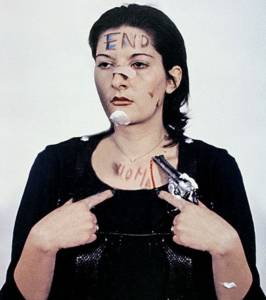
Marina Abramović’s works can be very shocking at first, but it is clear that she is very committed and thoughtful throughout her entire art making process. Some of Marina Abramović’s early work could be considered problematic by today’s standards in light of issues surrounding gun violence, domestic violence, and self harm. However, her ability to captivate and maintain audience attention remains as admirable today as it was in 2012 when this documentary premiered. The evolution of social media has only continued the degradation of attention spans, making it difficult for modern artists to cultivate appreciation for their work. Abramović’s Rhythm 0, 1974 was especially provocative as an experiment to expose human nature, and although feels similar to Yoko Ono’s Cut Piece 1964/65, it allows the audience to push the boundaries further by putting Abramović’s life at risk.
Key Features of Performance Art
“Performance is about state of mind”
Marina Abramović, The Artist is Present, Marina Abramović 2012
Abramović’s work demonstrates that art is a shared experience between the artist and the audience. She is able bring the audience and the performer into the same state of consciousness by being very deliberate with her timing. Abramović’s art forces the audience to slow down in order to read and experience her performances. Her work focuses on truth and reflects on her own life experiences, even when it may seem fantastical like this recreation of a photo Abramović’s dressed as a devil as a child.

“When you perform it is a knife and your blood, when you act it is a fake knife and ketchup.”
Marina Abramović, The Artist is Present, Marina Abramović 2012
This quote illustrates how Abramović values truth in her work rather than illusion even though her performances can be theatrical in nature, especially in her later work.
Performance Art Resists Conventions
Performance art is fleeting and only based in the here and now, which is why it is only evidence of a performance that is usually enjoyed in conventional art spaces. Abramović has been successful selling limited prints of photos that document each of her performances. After extensive training she has also been able to recruit young artists to recreate her early work done by herself and in collaboration with Ulay. These strategies allow her to continue profiting off of her original performance art and enter the mainstream museums and galleries with older work as well as new performances. While other performance artists have used photography to record and share their work, it does not capture Abramović’s dynamic performances that rely on time as well as sound. Abramović’s art uses her body as a medium for which she has been prized for her stamina and commitment and in replacing her body for someone else’s it subverts the original emotion and intention of each reenacted performance.
Pipilotti Rist
Pipilotti Rist You Called Me Jacky 1990
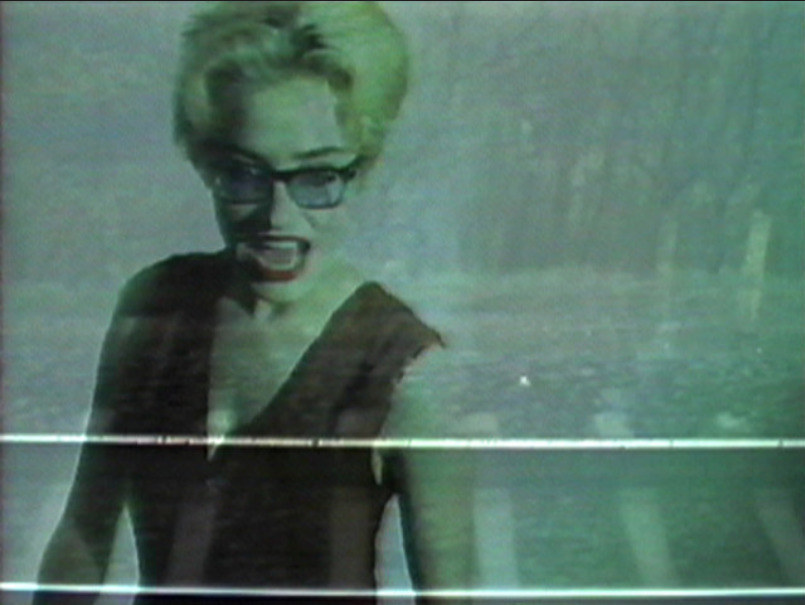
In You Called Me Jacky, Wrist is lip syncing to the song ‘Jackie and Edna’ by Kevin Coyne superimposed with various clips of video footage of a train journey among other scenes. Wrist begins the piece in an orange, long-sleeved, button up shirt or dress and simple hair and makeup and remains dancing or responding to the lyrics in the middle of the frame. She abruptly changes to a black, sleeveless dress or outfit and tinted glasses with dramatic hair and makeup at the end of the piece, much closer to the camera, and on the left half of the frame. The majority of the piece, when Rist is in orange, it is one continuous shot of her with various other clips superimposed on top, but once Rist is in black, the clips of her are cut up and it is the superimposed train journey that is one continuous shot that began while Rist was still in orange. The transition from orange to black is done using the tilt of the camera in the superimposed train footage which allows the transition to happen seamlessly even though it is very abrupt. The music complements the images and allows the piece to feel like an unsettling music video that depicts Rist reliving or remembering moments of their life alluding to the analogy of their life being like a train journey. Rist is all alone in the piece and becomes the protagonist in the story of the song when she lip syncs the lyrics “now I’m so lonely, lost and all alone”. The installation of this piece does not seem to be well known as it is an early piece but is likely to be projected in a gallery, potentially with each layer of video coming from a different projection source. This video collage is unsettling but interesting in its ability to tell a story in a subtle manor that allows the viewer to immerse themselves in the story, however it is lacking the bright colours that have come to define Rist’s artistic style.
Rist and Modern Day Videos
Pipilotti Rist’s videos have been compared to music videos of the 90s and early 2000s by viewers who were expecting art similar to Rist’s immediate predecessors who resisted similarities to mainstream media. However, to the untrained eye, Rist’s videos are unsettling in their ability to reference mainstream media and subvert expectations rather than simply mock the tropes. The superficial familiarity draws the eye in, but Rist’s videos reveal themselves to be wholly different. This is especially jarring in the current context of Tik Tok and YouTube videos which excel when different creators all reuse the same audio, templates, and dance moves in their videos before moving on to the next trending video style the next week. Rist uses her body to perform intentionally for the camera but it is not done to the same extent as modern creators because Rist’s pieces have original emotions but Tik Tok videos feel purely performative and superficial. Many mainstream creators on Tik Tok and YouTube seem to intentionally use the male gaze to attract followers, but Rist’s videos are hyperaware and use the male gaze as a tool for the viewer to question its presence in their reading of her work. Rist uses tropes and themes in mainstream media as tools in her videos to subvert viewers’ expectations and question their understanding of the way they consume media.
Experiment: Inside-Out Top
Wearing a shirt inside-out is breaking a social contract that no one intentionally enters into at a young age. The social discomfort that I felt must be nothing compared to the discomfort neurodivergent people or people with chronic illnesses feel when they wear clothes with tags and seams. For people who need sensory-friendly clothing, maybe wearing clothing inside-out would be necessary and the social discomfort secondary so that they could function at any capacity. It seems as if no one notices the inside-out shirt, but maybe they are holding to another social contract of not commenting on moments when strangers stray from normalcy; like when someone has spinach in their teach and you just have to hope they notice on their own, rather than embarrass them by pointing it out. If I had worn my shirt inside-out all day, I’m not sure it would be a performance because it was prescribed and not done willingly.
One Feat Three Ways
Mariah Hanlin and Kaitlin Teeter | Feat: destruction of flowers
Just A Trim
Just A Trim was an exploration of the act of trimming a purple rose to completion. The act on trimming the rose from end to end created a deconstructed rose in the shadow of the original rose. The strong diagonal composition and action from bottom right to left provides a sense of confident unease in viewers. The motion of trimming goes against the subconsciously comforting left to right action that is the movement of the eye when reading. The pale colour of the rose on the white background highlights the delicate beauty of the flower while the dark colouring of stem provides contrast to both the background and flower in its purely functional appreciation. Despite how differently stem and flower are typically perceived for beauty, both are trimmed indiscriminately. The piece comments on themes of perfectionism, consumerism, beauty, and nature.
Pluck
In Pluck, the action of plucking petals off a gerbera daisy is pushed to its limits. The petals are initially pulled off counter-clockwise around the flower but reattach back on the flower in a clockwise motion. The direction of motion creates a quiet sense of unease and time running out when the petals are plucked off rather than time simply passing by if the plucking action was done clockwise. The clockwise action of the petals rejoining the flower is similarly moderately distressing as it suggests time is being added back to a timer rather than time rewinding had the action been counter-clockwise. The pale contrast between the background and gerbera daisy allows the piece to feel unobtrusive and fleeting.
Hand-tied Bouquet
Hand-tied Bouquet aimed to act out the title literally by using hands to tie flowers together to form a bouquet. The piece focuses on the tying action rather than the resulting bouquet made with a wide variety of flowers. The bouquet includes stems added in order of alstroemeria, spider mum, calla lily, celosia, hydrangea, lisianthus, thistle, button mums, and gerbera daisy. The variety of colours and flowers as well as the quick cuts to the next stem to be added add to the chaos of the action of tying the stems together. The starting stems are picked up at the start of the video to signal the start of the action and the resulting bouquet is set down at the end of the video to signal the end of the action, but there are no other times during the video that the bouquet is so obviously picked up or set down. Hand-tied Bouquet comments on themes of consumerism, nature, and language.
Audio Art
Mom’s Organ
This piece was inspired by stories and memories of my mother playing and talking about the organ that has been in our home since before I was born. I wanted the piece to feel like an onslaught of story telling layered with my mother preparing to play because my mother loves to tell stories but she is forgetful and often retells stories. I have memories of the organ always having papers and other things piled on top of it but on this particular day it was relatively clean. I had been many years since my mother played the organ in earnest and so she was not hitting all the correct notes and keeping the rhythm once she began playing from one of the books she would often play from. She was not happy I did not let her practice before turning on the microphone.
Conceptual Portrait
Mariah & Djordje
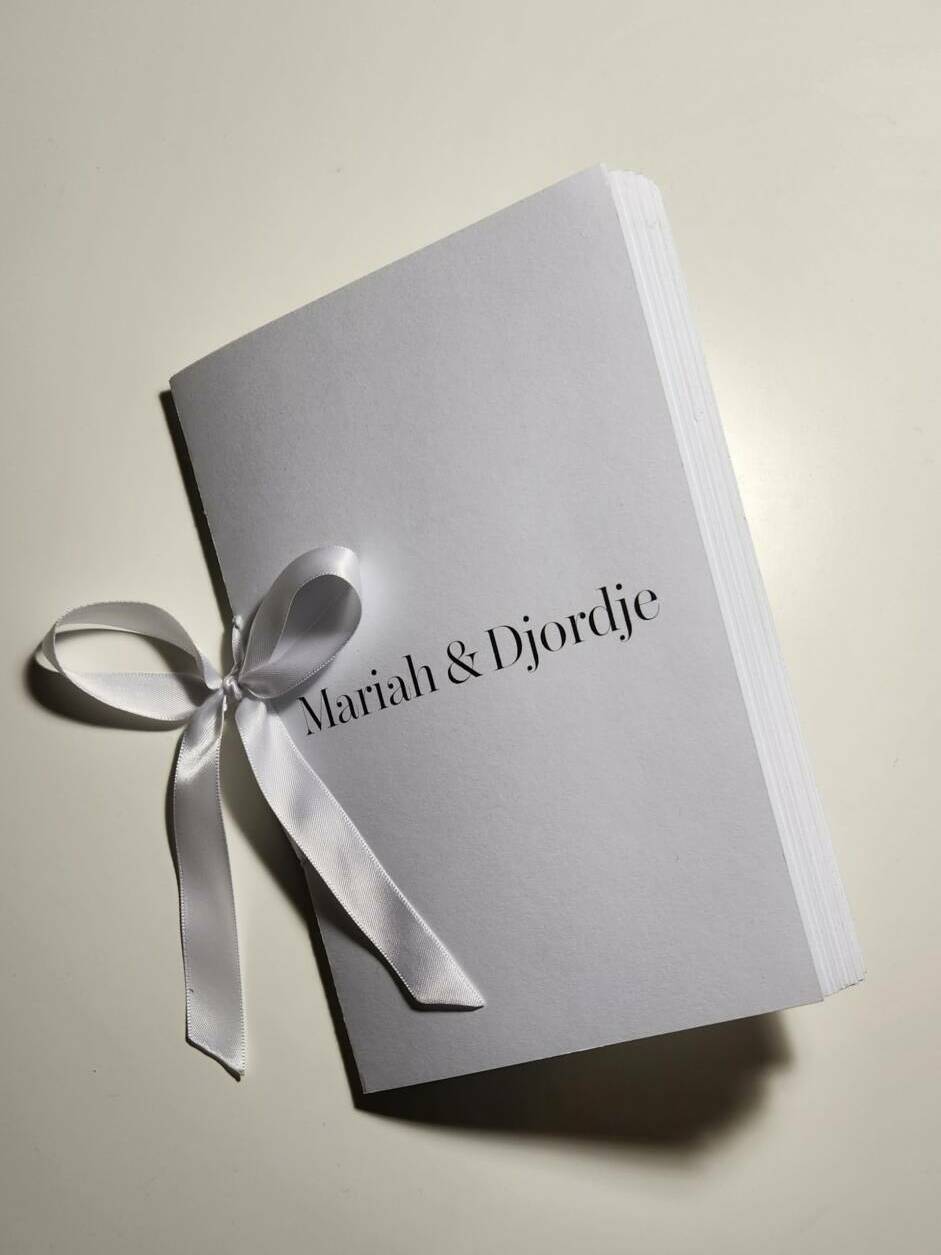
Mariah & Djordje is a zine of all of the wedding cards that addressed me and my husband from our wedding on September 9, 2023. It is a portrait of my husband and I as a newly married couple through the perspectives of our wedding guests. Not all cards were addressed in any way to us but twenty five were and of those most address Mariah then Djordje. Each card was scanned and the line that addressed us was isolated for the zine. There is a variety of colour, handwriting, and culture represented in the images of how we were addressed that reflects the backgrounds of the guests we invited to our wedding and the people who have shaped us throughout our lives. A neutral wedding font was chosen for the cover and back page to allude to the source material along with cardstock paper and the white satin ribbon tied in a bow to bind the pages together.

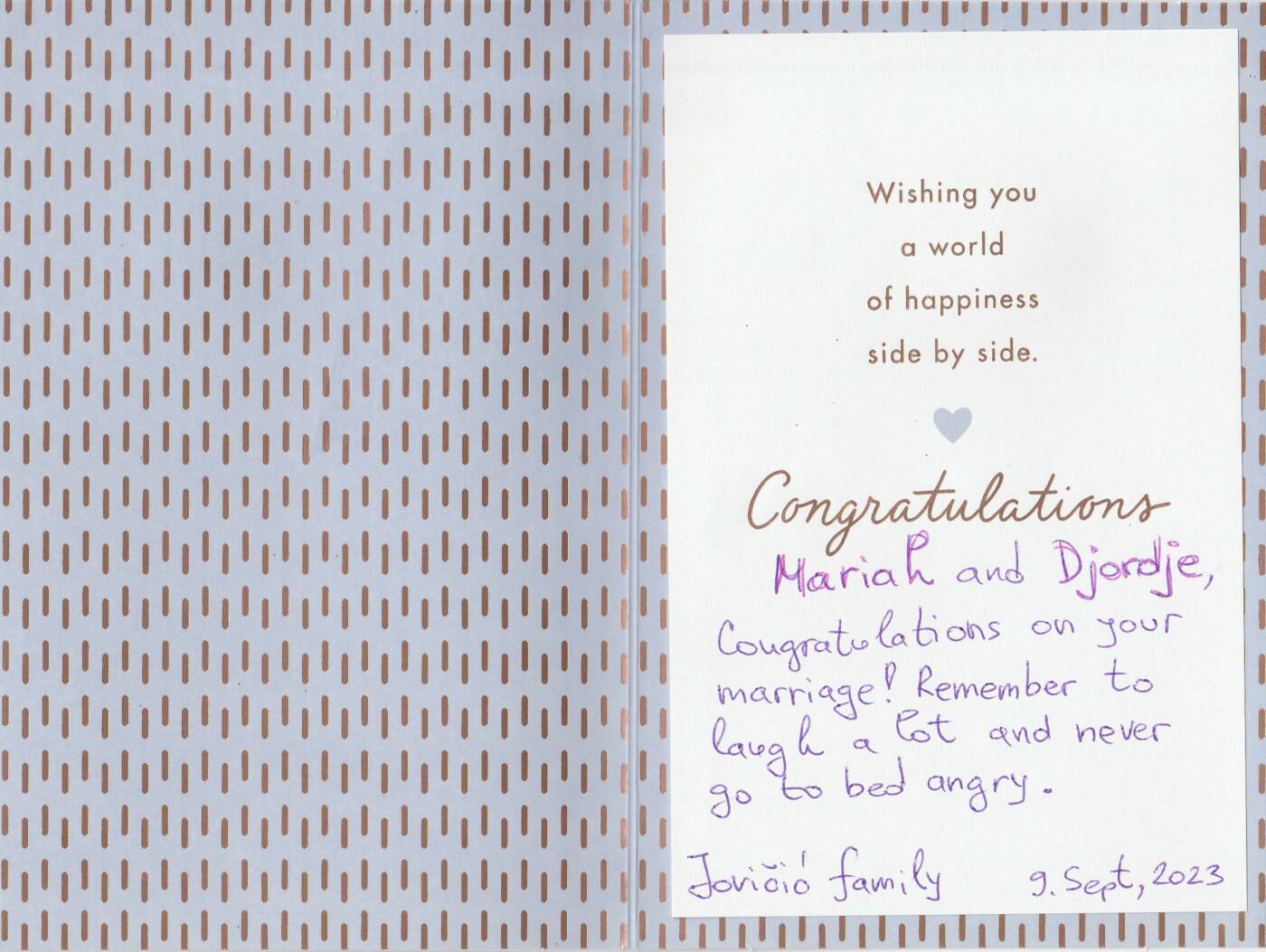
Inside Mariah & Djordje zine







Mariah & Djordje zine images
Artist Multiple: Artist Buttons
Skin Bacteria Buttons


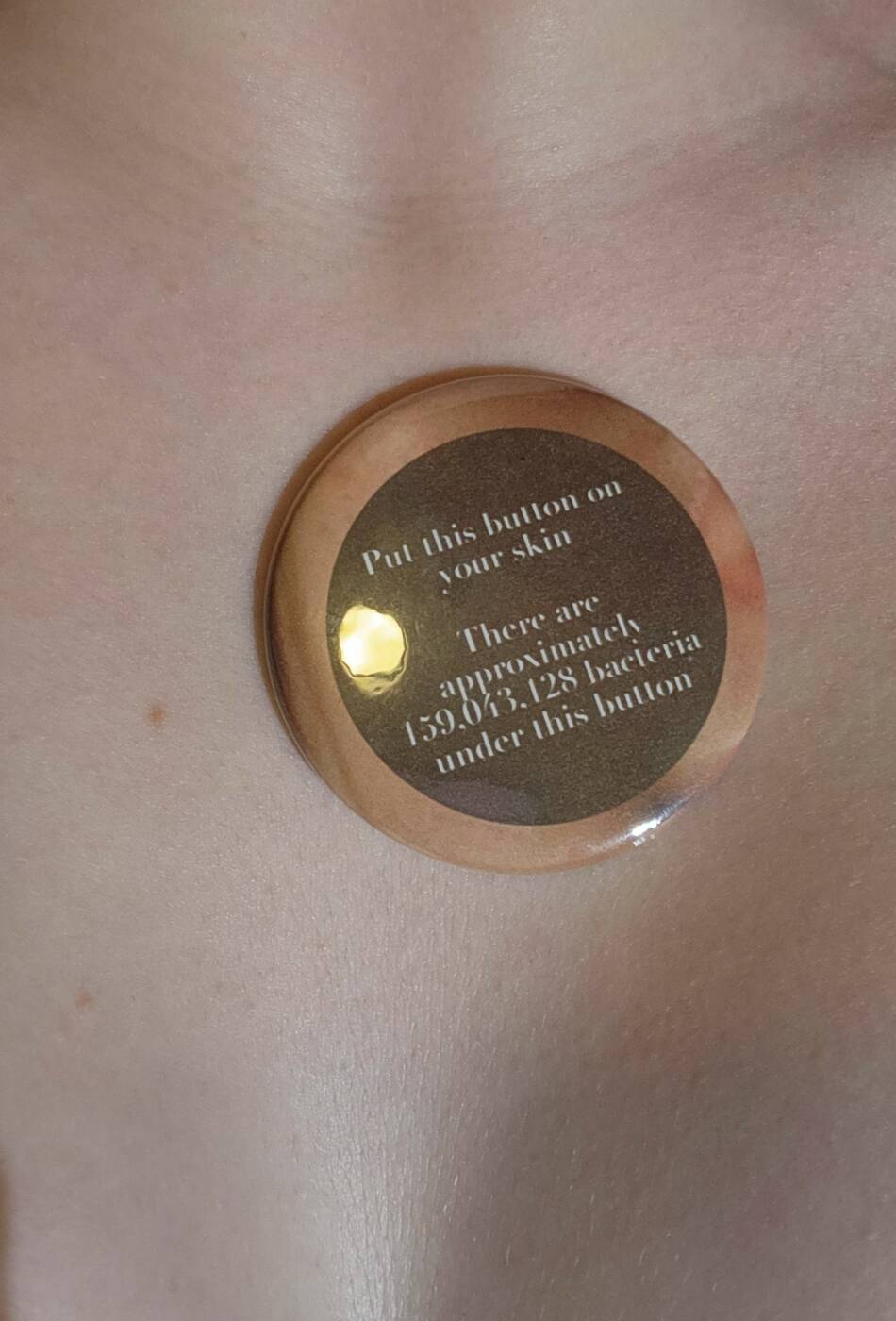
Each button has a different skin background but each reads: “Put this button on your skin | There are approximately 159,043,128 bacteria under this button.” The images of skin were pulled from magazine websites such as Cosmopolitan and Glamour as well as skin care brand websites such as Aveda and Sage Wellness. A diverse array of skin colours was the goal but many models on the source websites were young white women or to a lesser extent black women and not very diverse between those tow options in terms of gender, age, or skin colour. The calculation for the bacteria under the button was done using the estimate provided by this journal article https://www.ncbi.nlm.nih.gov/pmc/articles/PMC4991899/. The goal of this piece was meant to act as a public service announcement to not fear the bacteria that very naturally exists all over you and think of skin care as being more analogous of ecosystem maintenance. They are meant to worn and given away almost like the Canadian Cancer Society’s Thing-a-ma-boob, but a little less serious.
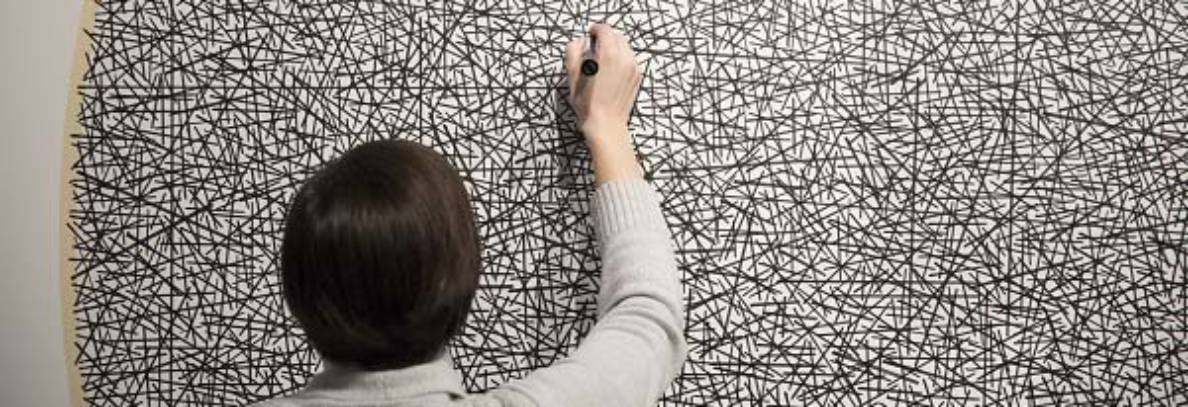









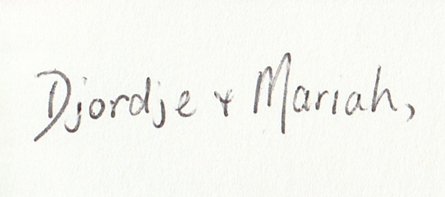

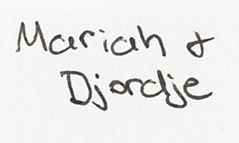

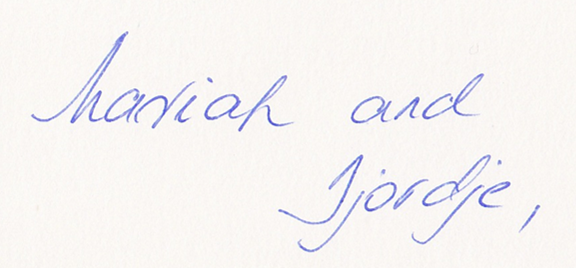







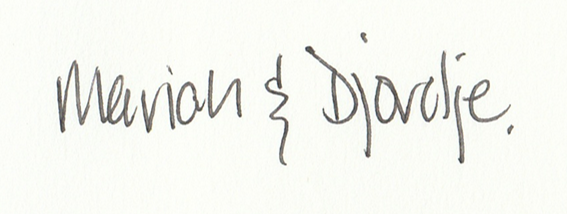



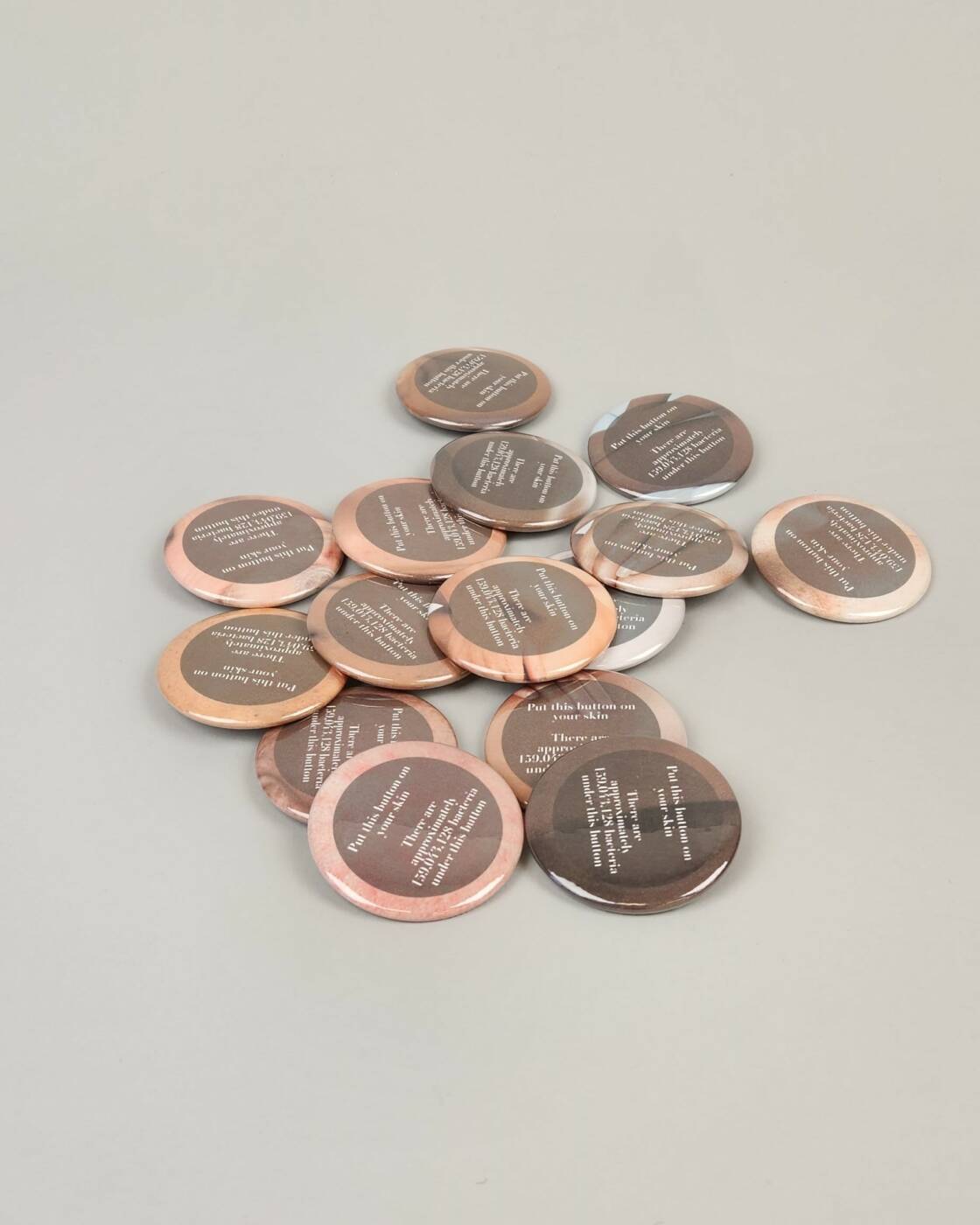
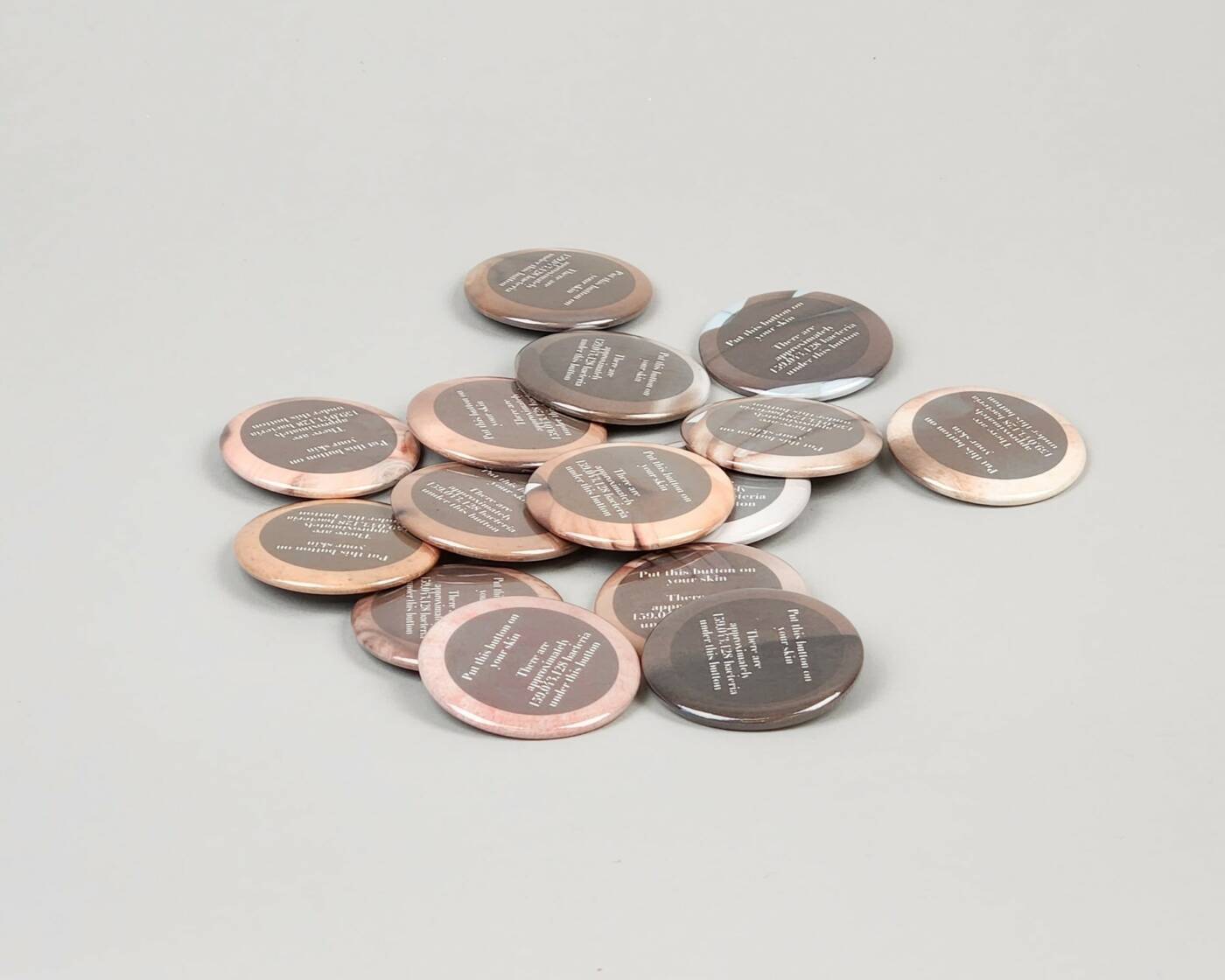
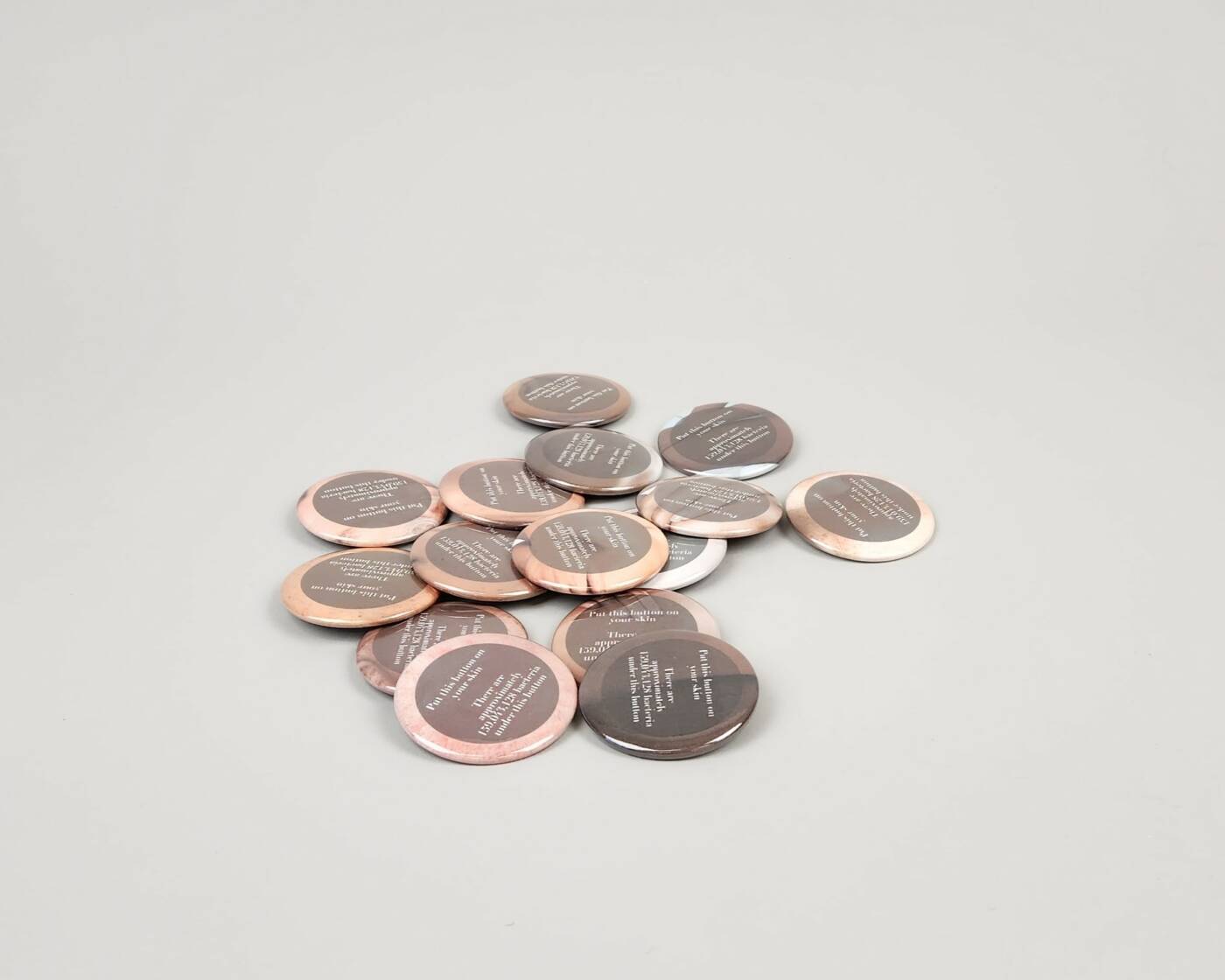
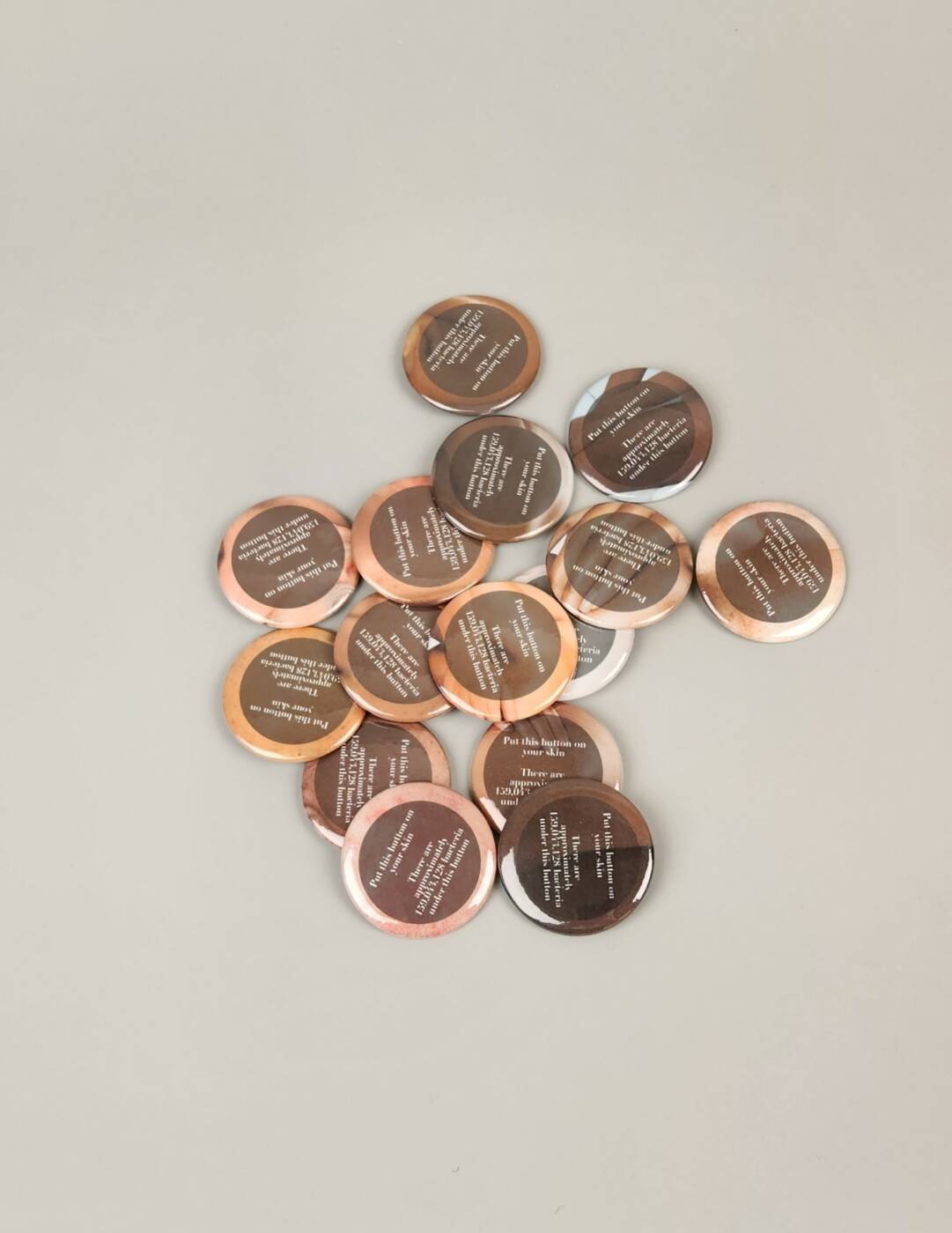
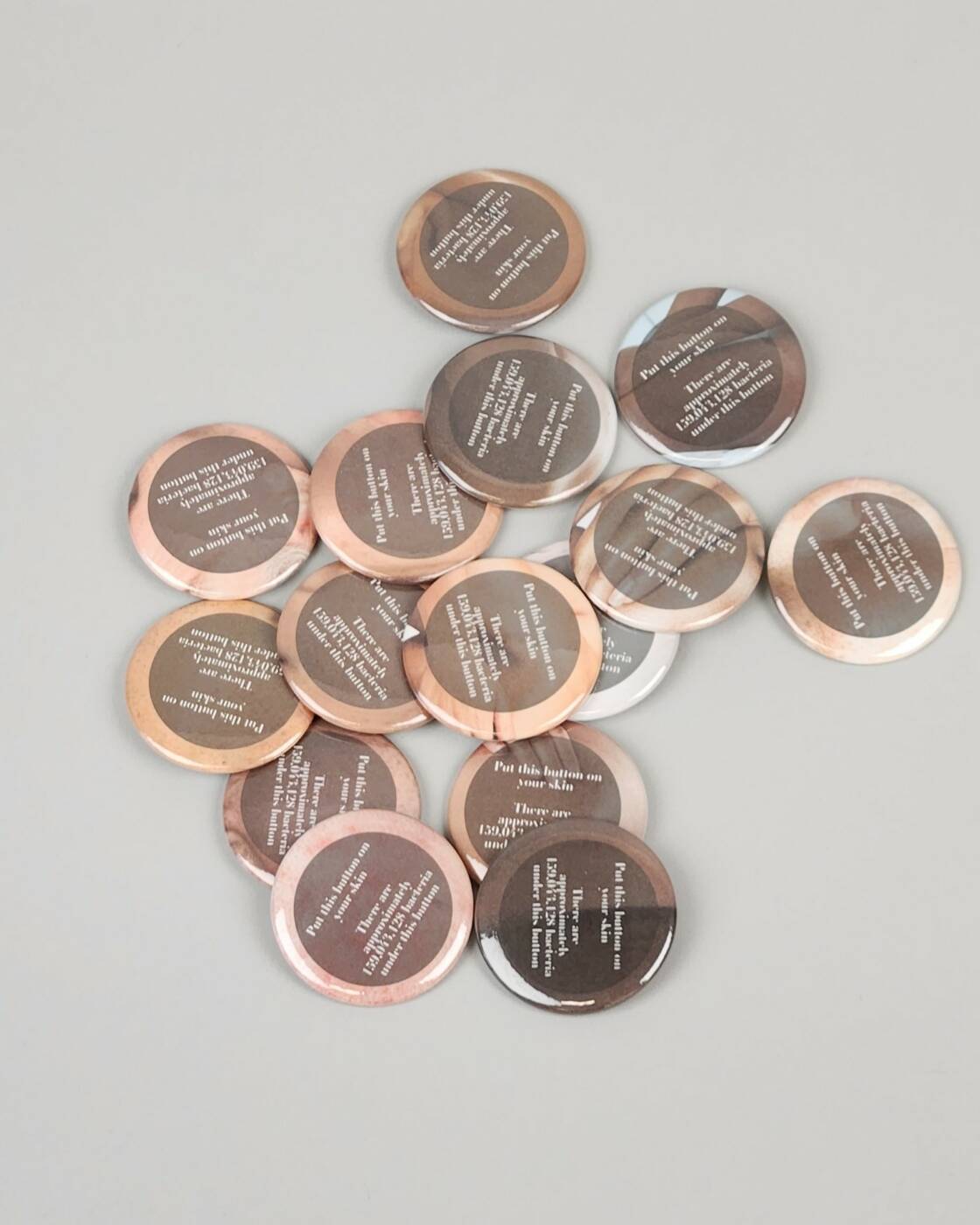
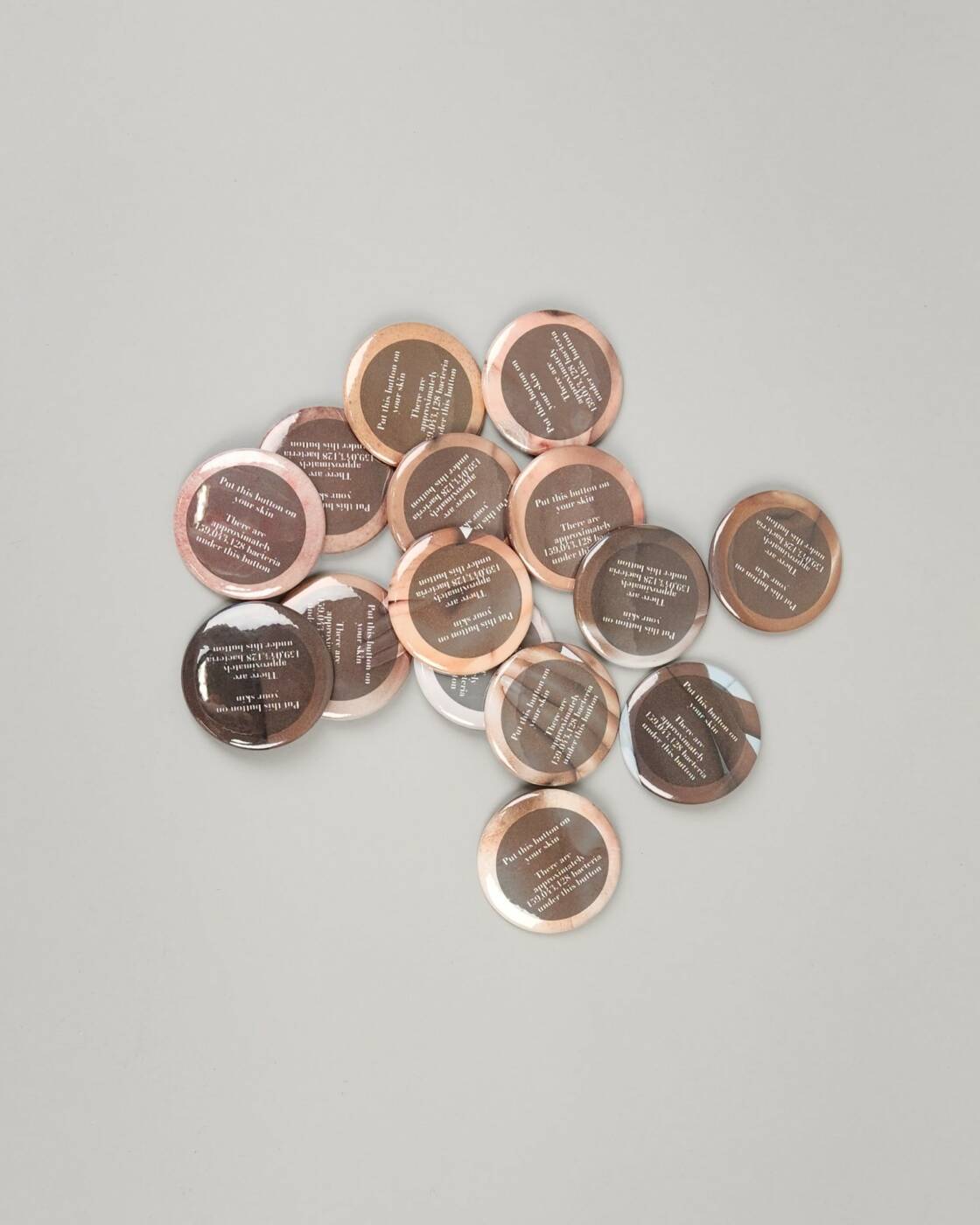


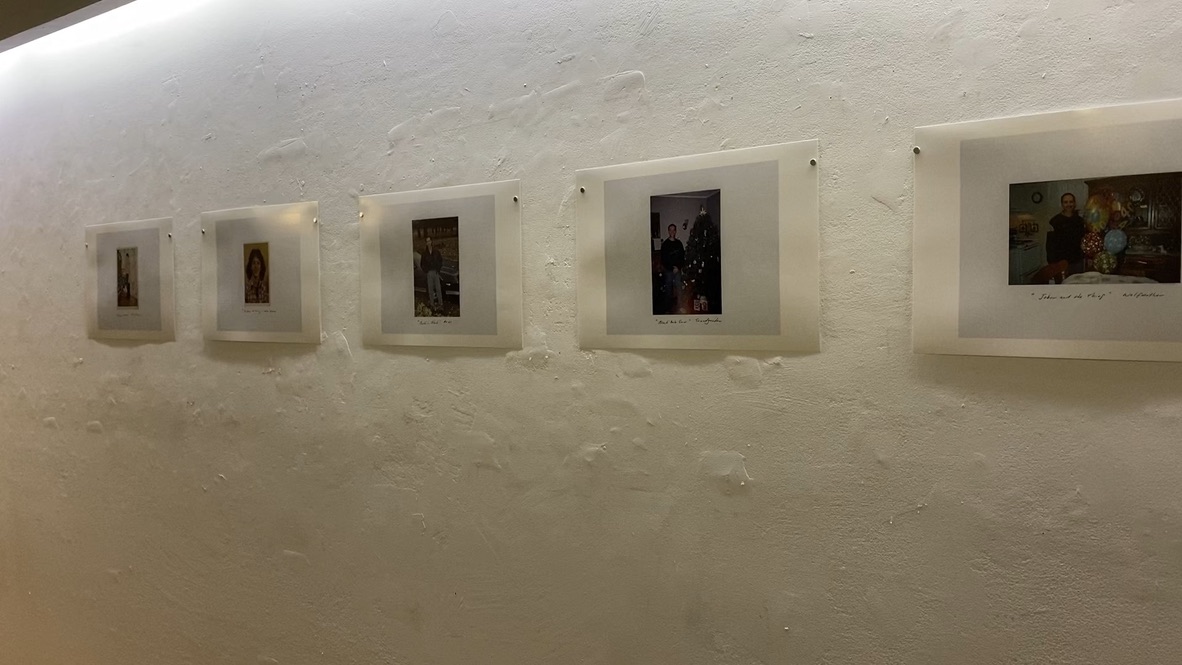






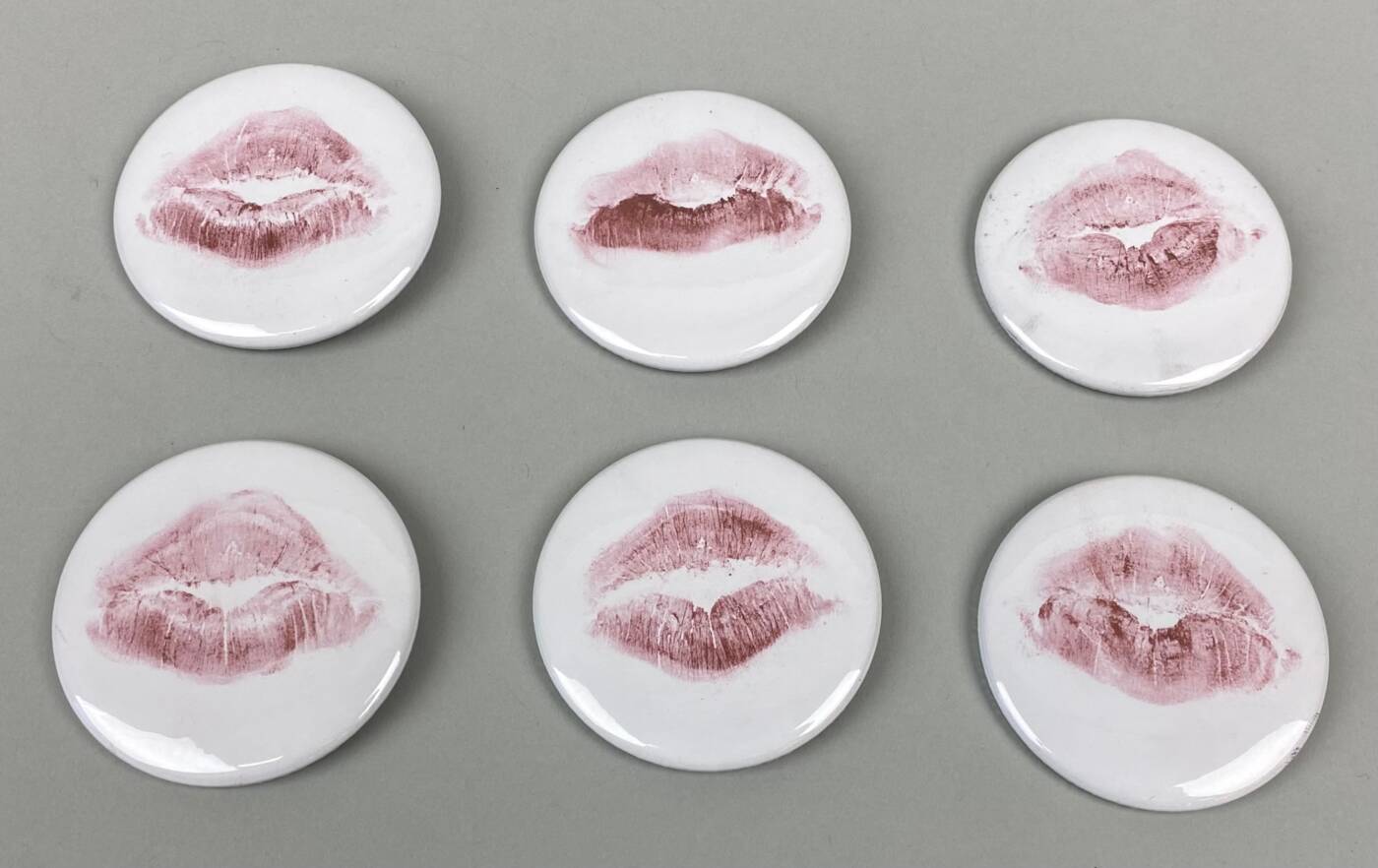





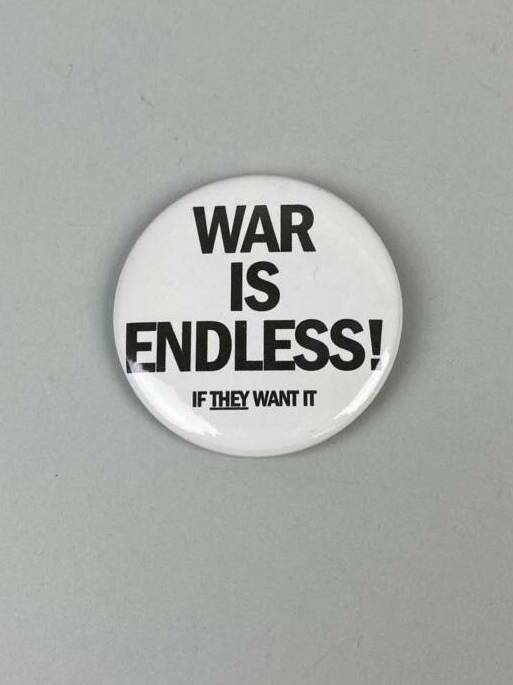

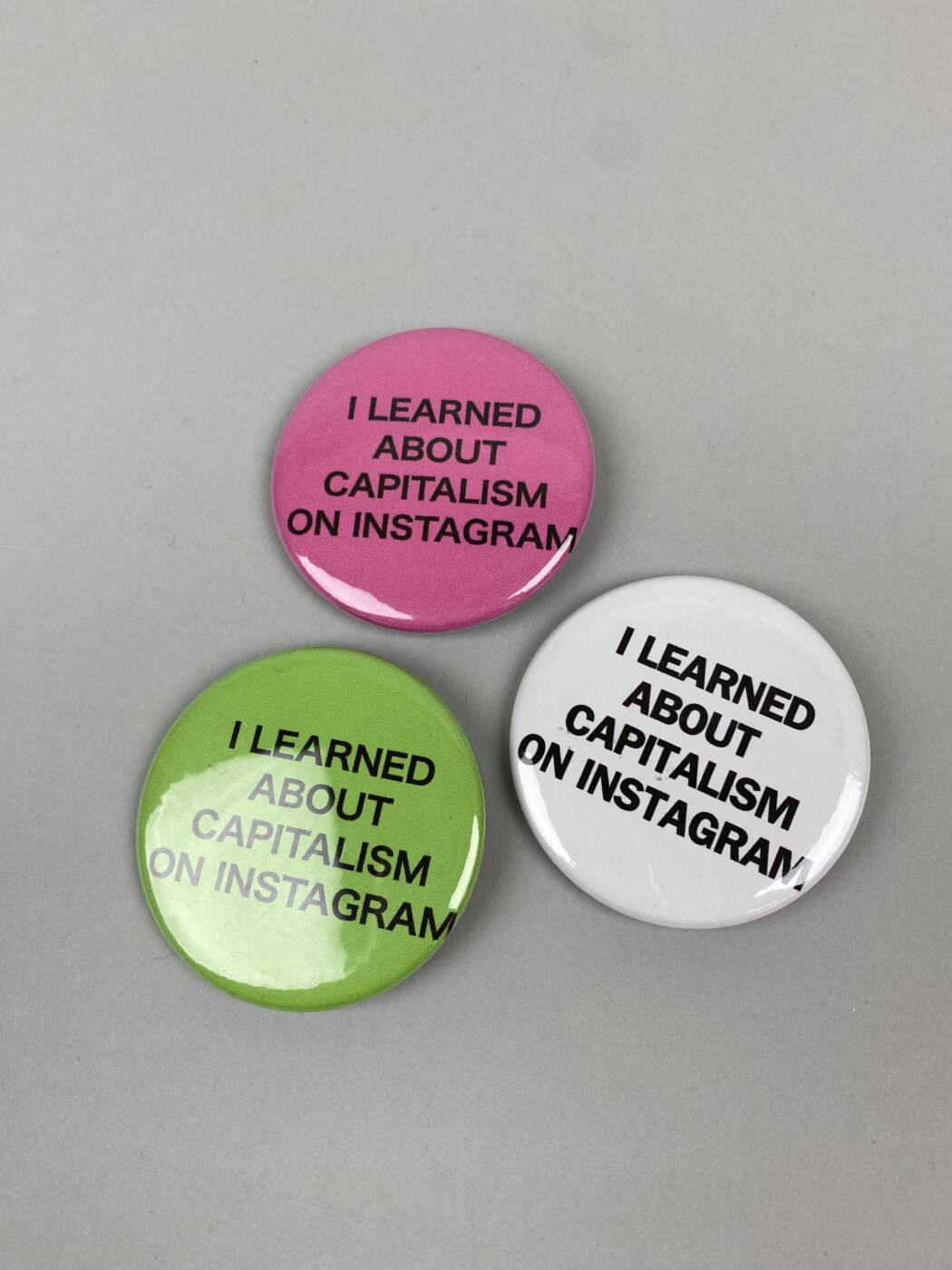

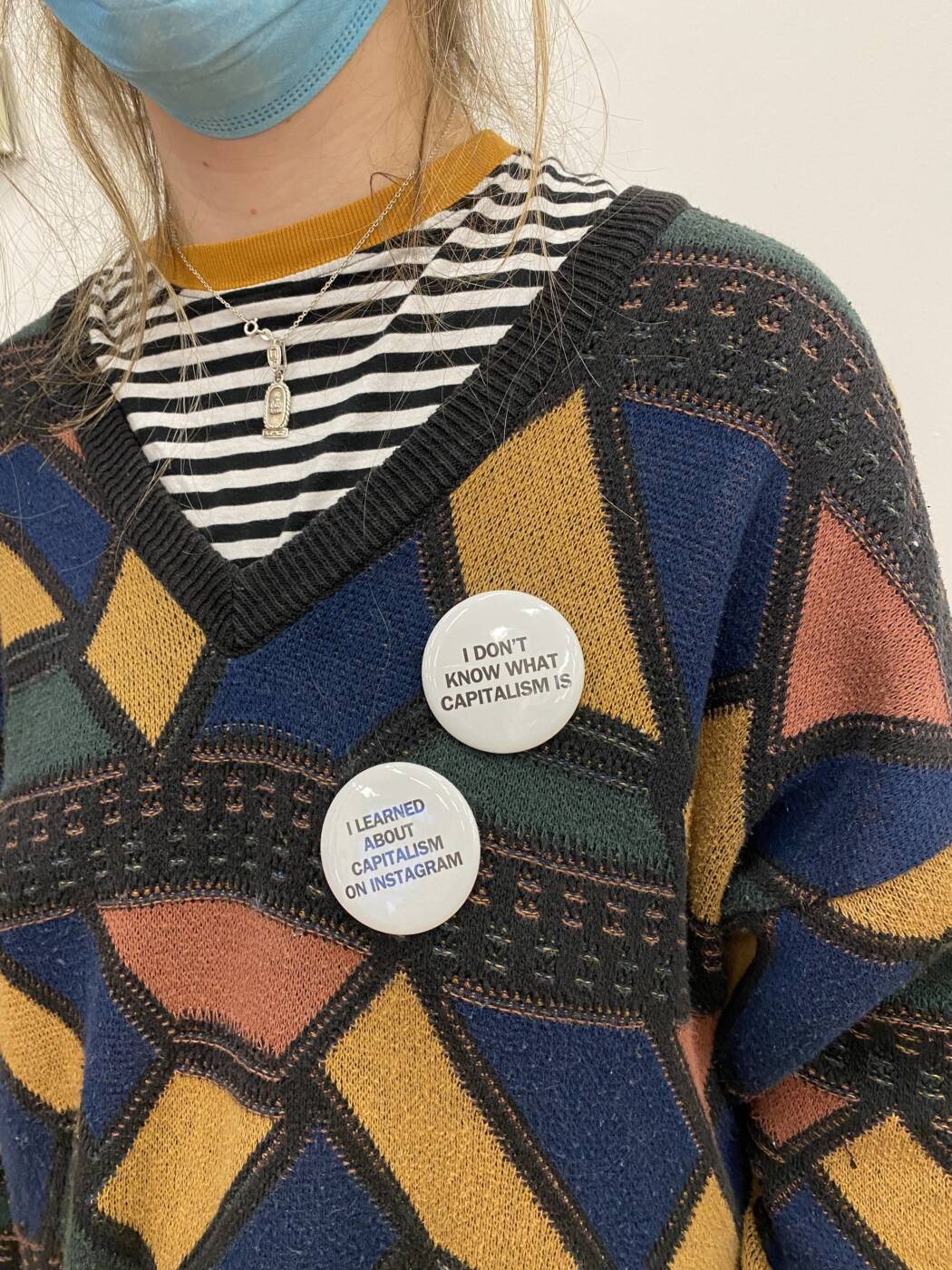
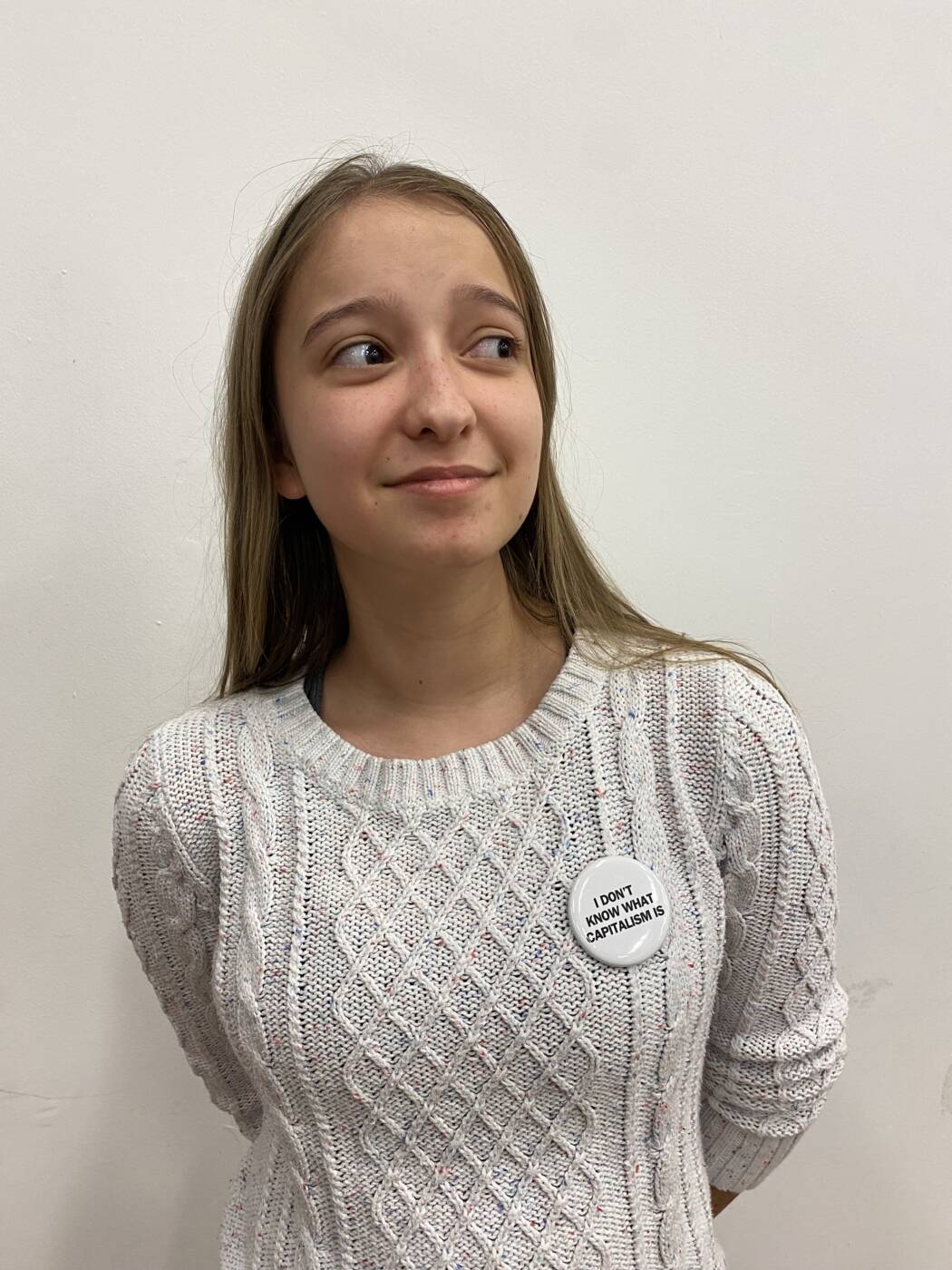





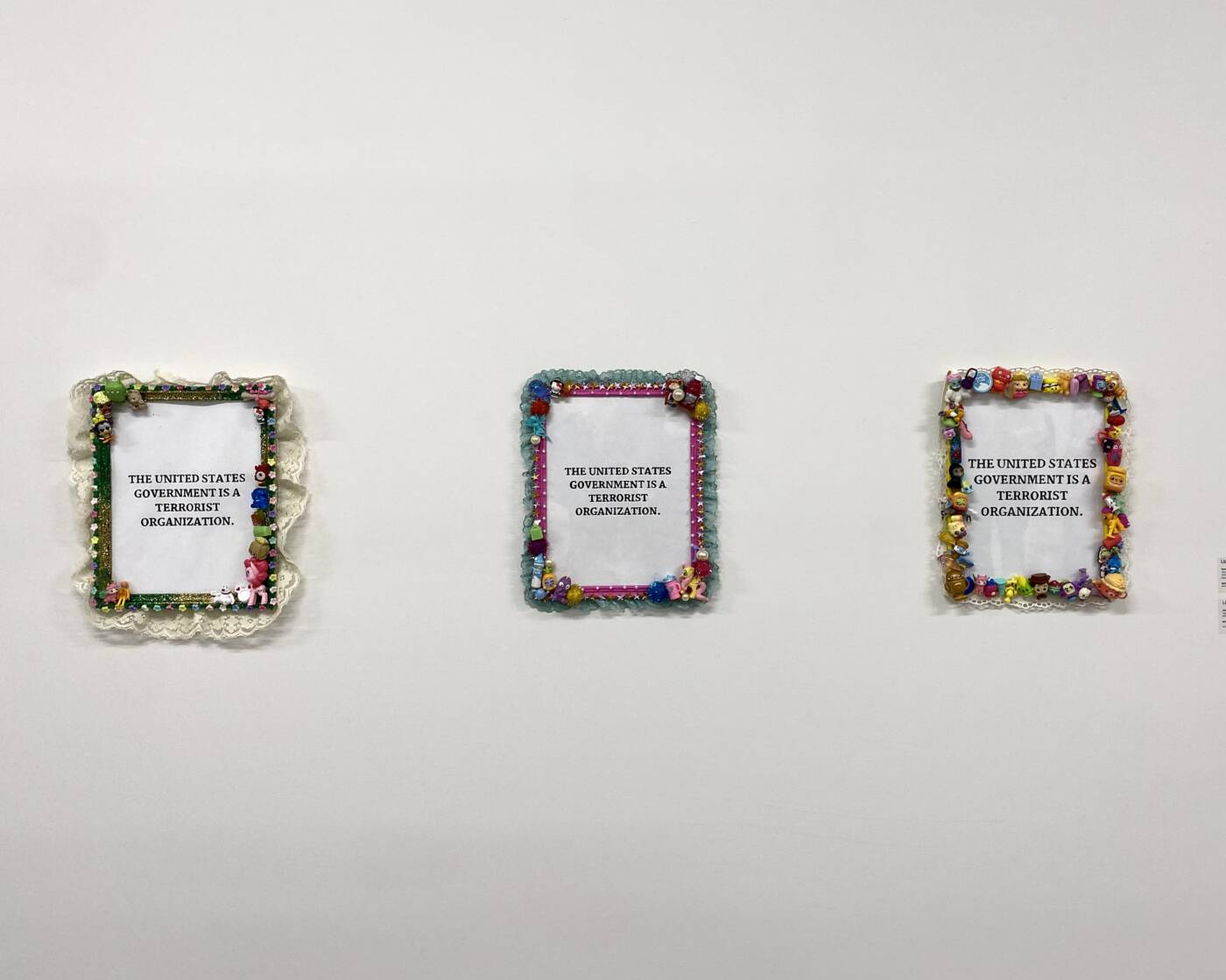
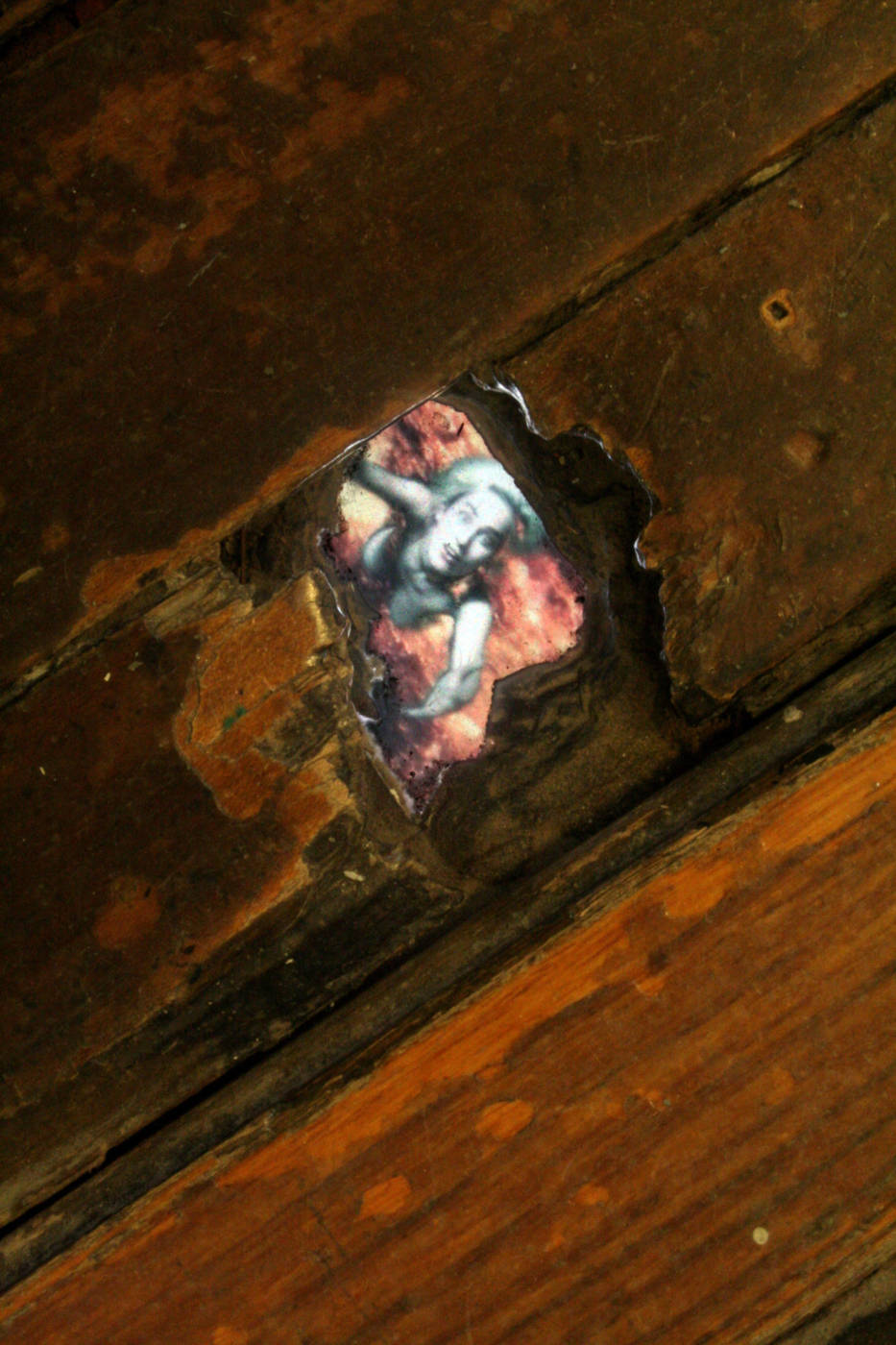



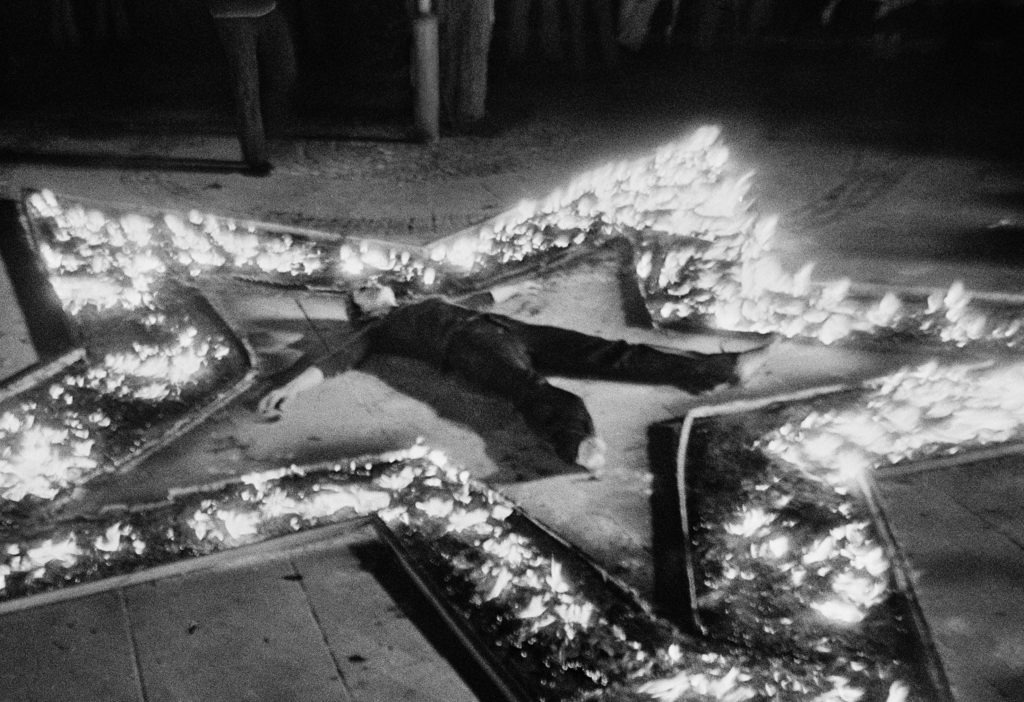
You must be logged in to post a comment.